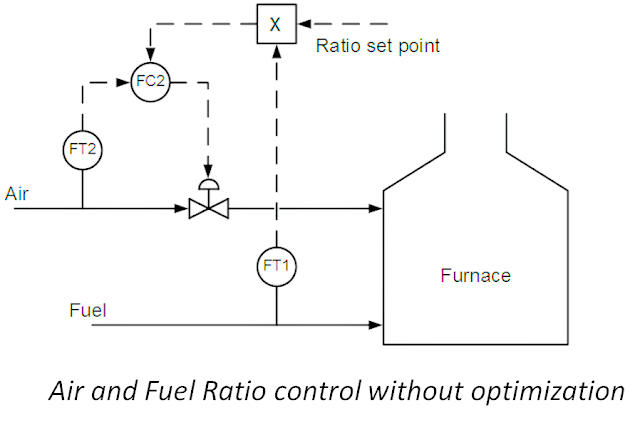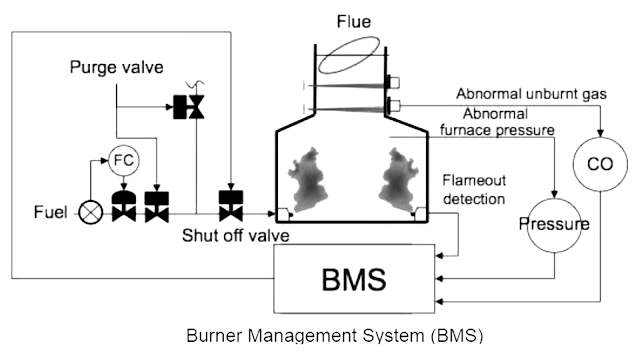process variables, classify input and output variables, determine control objectives and appropriate manipulated variables for Dryers Process Variables Temperature, Drying Period, Surrounding Temperature. Input Variables Feed Flow, Input Temperature of Dry Air, Input Moisture of Solid and Feed Flow . Output Variables Dred Product Moisture Content, Exhoust Air Temperature, The Temperature of Air Product mixture (for spray dryers), Exhaust air Humidity, Product Quality (S, flavour, textures, activity, etc.); these properties are generally difficult (or impossible) to measure online and the cost is often too high. Control Objectives maintenance of Dried Product Quality, Maxima of throughout of optimal, Energy efficiency and minimum cost, Stability of process. Manipulated Variables Heating rate (e.g., inlet air or steam temperature), Solids feed rate (e.g., screw conveyor speed, discharge rate), Airflow rate (for direct dryers), Rotational speed (for rotary dryers)



